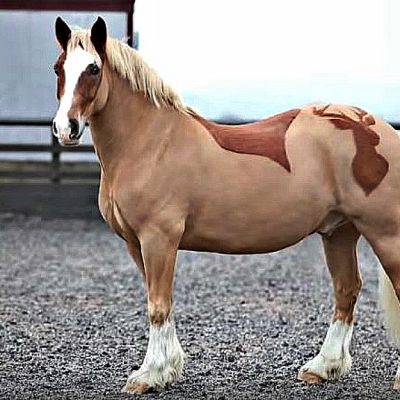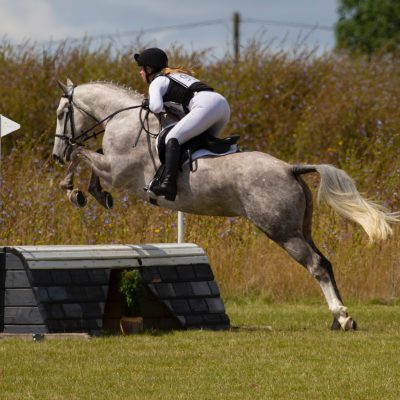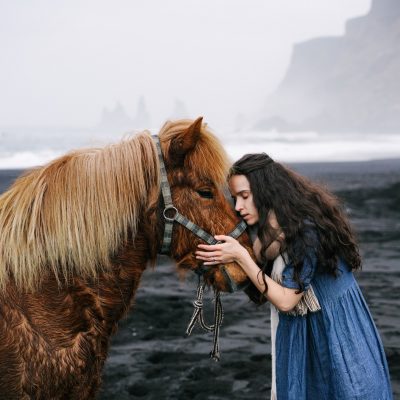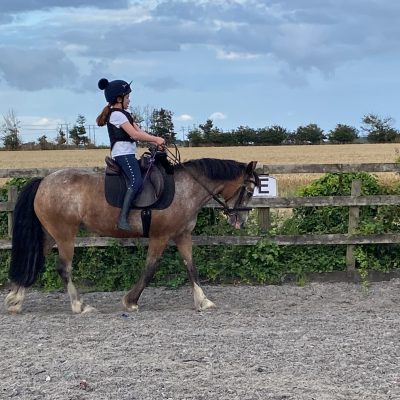Parents of horse riders are eventually faced with the decision of bringing a horse into their child’s life. Among the many considerations, one rule of thumb you may have heard is that the age of the horse, when added to the child’s age, should equal at least 20 years. While this guideline provides a rough framework, there are several important factors to consider when determining the right age of a horse for a child. I wanted to explore the age equation and delve into additional aspects that should inform your decision.
The Age Equation: Horse + Child = 20?
The Rule of 20: A General Guideline
The notion that the age of the horse and the age of the child should add up to 20 is a simple rule of thumb. It suggests that a younger horse is generally more suitable for a younger rider, while an older, more experienced horse may be better for an older child. However, it’s essential to view this as a starting point rather than a rigid rule.
The Influence of Horse Temperament
The temperament and training of the horse often matter more than their age. Some older horses are incredibly calm, well-trained, and patient with young riders, while younger horses can also possess these qualities. Assess the individual horse’s temperament, as a calm and reliable nature is vital when choosing a horse for a child.
Rider Experience Level
Consider your child’s riding experience. If your child is a beginner, it’s generally advisable to select a horse with more training and experience, regardless of age. An older, well-trained horse can provide a safer and more confidence-building riding experience.
Horse Health and Fitness
The overall health and fitness of the horse are crucial. An older horse should be in good health and free from any chronic issues. Regular veterinary check-ups and proper care are essential for all horses, regardless of age.
Activity Level and Goals
Think about your child’s riding goals and the type of activities they want to pursue. If your child is interested in competitive riding or more strenuous activities, a younger, more energetic horse may be a better fit. However, for casual riding and learning the basics, an older, well-mannered horse can be an excellent choice.
Supervision and Training
Ensure that your child is always supervised when interacting with the horse, especially if they are inexperienced riders. Professional training and guidance are valuable for both the child and the horse to build a safe and positive riding relationship.
While the “Rule of 20” provides a simple guideline for matching the age of the horse with the age of the child, it’s essential to view this as just one piece of the puzzle. When choosing the right horse for a child, consider factors such as temperament, rider experience, horse health, activity goals, and the level of supervision and training available. Ultimately, the ideal horse for your child is one that promotes safety, confidence, and a lasting love for riding. By carefully assessing these factors, you can make a well-informed decision that will set the stage for a rewarding equestrian journey for your child.








No Comment! Be the first one.